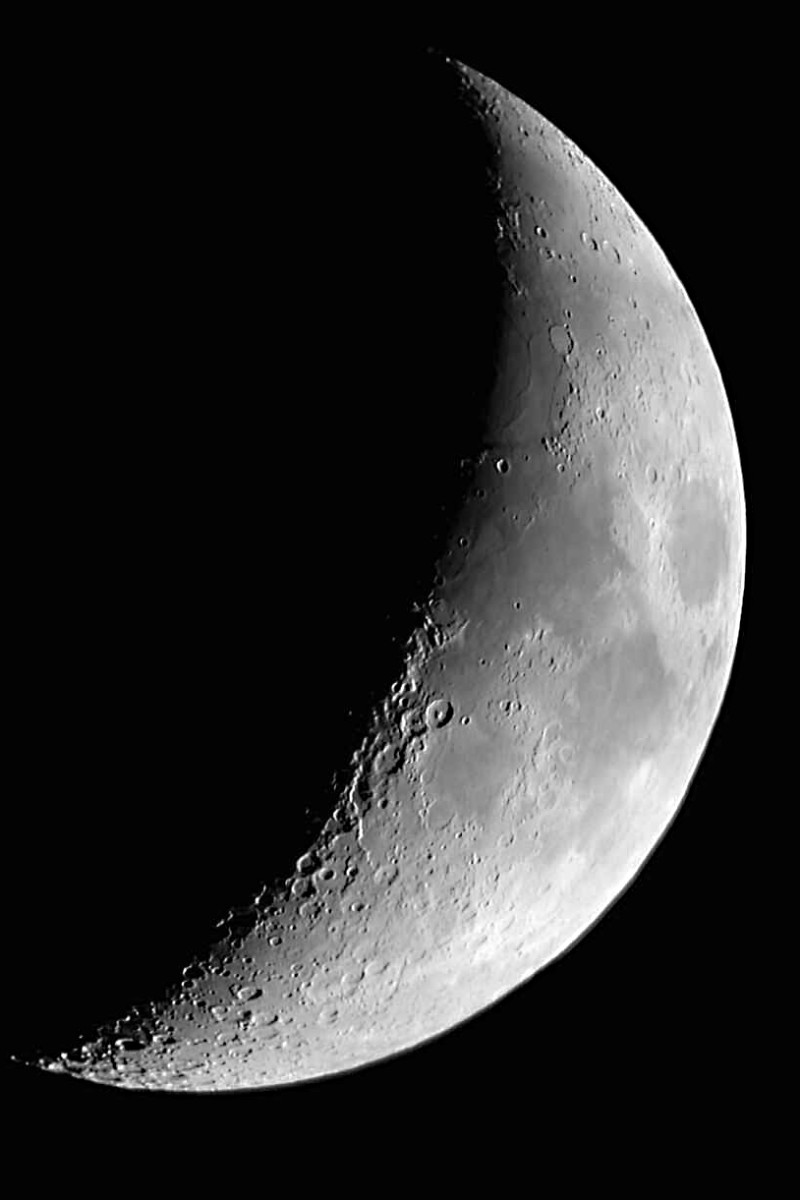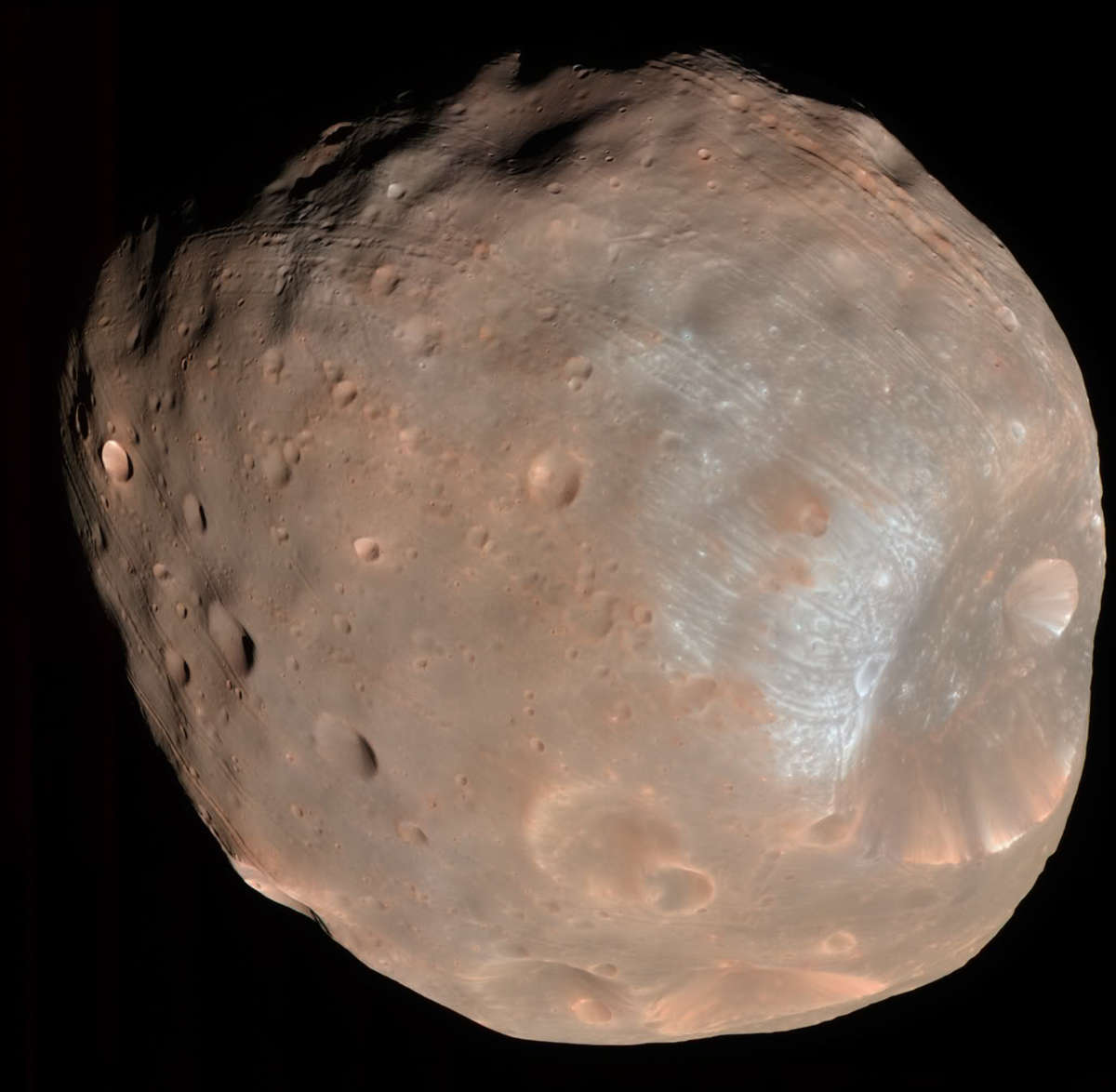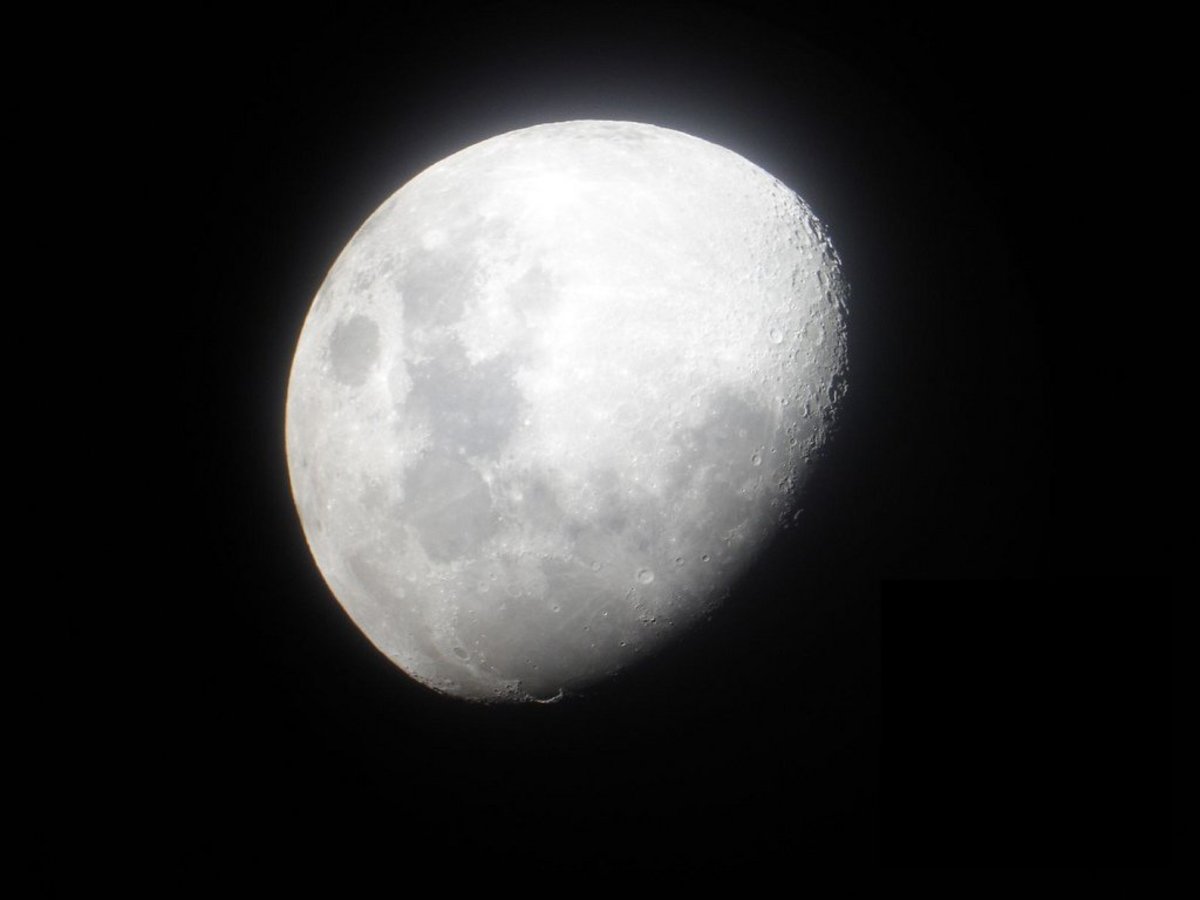Amazing Mega-Impacts That Shaped Earth, the Moon, and Mars
Biggest Impact Crater Ever?
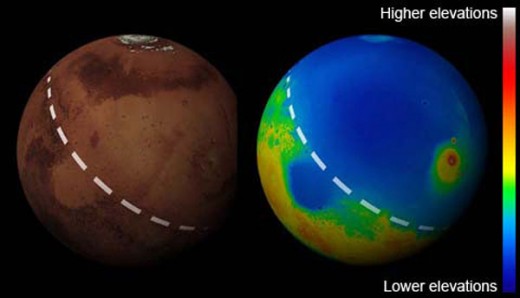
When Worlds Collide
I once thought the dinosaurs had it rough.
In recent years, science has uncovered signs of spectacular, world-reshaping collisions that changed the fates of the Earth, the Moon, Mars, and perhaps Mercury.
Now, powerful telescopes are discovering the debris of planetary collisions around other stars!
I've been aware of the prevailing theory of the Moon's formation, but NASA's recent discovery of the biggest impact crater in the solar system has humbled me anew.
Let's take a look at the scars of these colossal planetary collisions. They're a fascinating glimpse into the crazy, reckless teenaged years of our own solar system.
Isotopes: Molecular Fingerprints
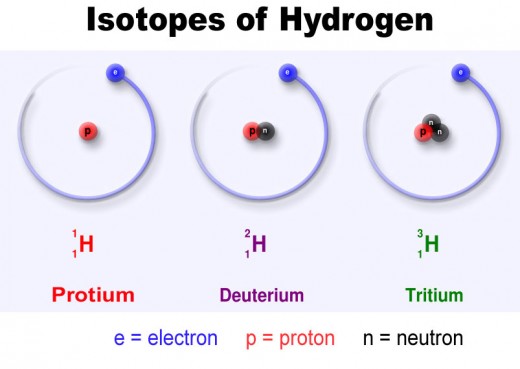
The Moon's Formation
The moon is not made of green cheese. When astronauts took rock samples from the moon's surface and brought them home, geologists discovered something odd: the moon seems to be made (mostly) of the Earth's own crust!
The moon has an extremely small metal core, unique among bodies of that size. Moreover, the isotopes found in moon rocks are a close match to Earth's.
Scientists have gradually come to accept one theory which explains this: the "Impact Trigger Theory" first proposed by Dr. William K. Hartman and Dr. Donald R. Davis in 1975. A Mars-sized ancient protoplanet, usually called Theia, had a fatal encounter with Earth very early in its history. The Earth's splattered crust plus a few remnants of Theia coalesced into the Moon.
A good thing, too. The Moon has had a positive influence on the Earth, slowing it down from a 5 hour day, keeping its tilt relatively steady like a gyro, and favoring us with tides, which helped life get going.
And the Hits Keep on Coming (NASA video with added narration)
Elevation Maps of Mars
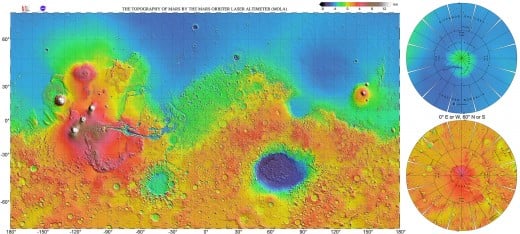
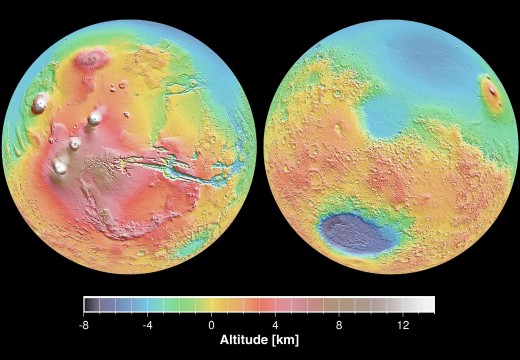
A Martian Crime Scene: The Borealis Basin
Most scientists now accept the Theia-impact as the best explanation for the moon's origin.
The Mars impact theory is newer, but it explains two extremely puzzling things about Mars. There is a mysterious dichotomy (difference, from Greek for "double+cut" or "cut in two") between its northern and southern hemispheres. Its northern half is smoother, with lower elevations and a significantly thinner crust than the southern half. It's as if Earth had all its continents and mountain ranges piled up south of the equator. This means that back when Mars had liquid water on the surface, all the rivers tended to flow north (downhill)!
Furthermore, probes to Mars have discovered there's no magnetic field for most of the northern hemisphere, although it's got a magnetic field over much of the south. This has made Mars a far less habitable place. A planet's magnetic field protects its atmosphere from the eroding effects of the solar wind. Lacking a magnetic "hat," Mars has had most of its atmosphere stripped away, and some of its water, too.
How did it happen? Various theories have been put forward, including odd plate tectonics. But recent surveys of the ancient Mars crust have revealed a giant, ellipse-shaped scar wrapping the top half of the planet. It looks like a divot gouged out by an intergalactic golf club.
Dr. Margarita Marinova's 2008 dissertation demonstrated that a glancing mega-impact by a very large body could have carved out this huge impact crater known as the Borealis Basin. Recent evidence from Phobos, one of the moons of Mars, bolsters this theory: like the Earth's moon, it appears to be composed of crust from the planet it orbits.
The Borealis Basin is the largest known impact crater in the solar system.
The Mars Mega-Impact (Including Simulation by Dr. Marinova)
Near Side and Far Side of Moon
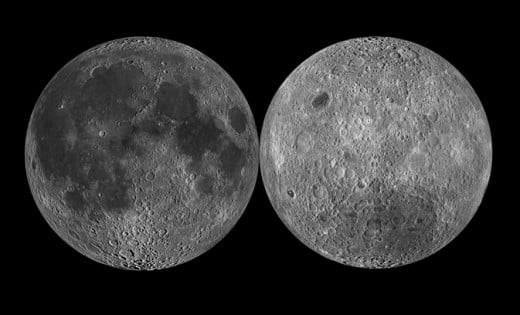
Did the Moon Get Clobbered?
The Moon also has two faces. The far side of the moon looks very different: it's covered in piled-up mountains and solidified rocky goop. Is this simply because one of the Moon's faces is locked towards Earth, so that the far side serves as a sort of windscreen? Or did it take a big hit as well?
Recent research by Martin Jutzi and Erik Asphaug at UC Santa Cruz suggests that for a while, Earth may have had two moons, but the smaller one eventually plowed into the larger and produced a "Big Splat" (not to be confused with the book of the same name, which explains the science behind the Theia impact theory).
Cores of Earth & Mercury
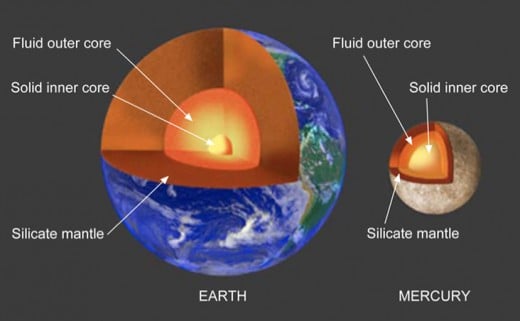
How Do We Measure the Core?
- News: NASA Antenna Cuts Mercury to Core, Solves 30 Year Mystery
On Earth, geologists use earthquake waves like a giant ultrasound to see what's inside. But how do we know what's inside Mercury? They study the wobbles in its spin, the same way you can tell if an egg is hard-boiled or raw by spinning it.
Mercury: Another Mega-Impact?
The fantastic NASA spacecraft you've never heard of, Mercury MESSENGER, has been orbiting, photographing, and mapping the planet for ten years.
Here's one of the burning questions that MESSENGER is trying to answer: why is Mercury so dense? No, that's not an insult. The planet is only a little larger than our Moon. But it's almost half core, with a surprisingly thin rocky crust.
Where's the rest of it?
One leading theory is that Mercury, too, suffered a cosmic collision that threw most of its outer material into space. What's left is the metal core of a planet that may once have been closer to Earth-sized.
And if that weren't bad enough, it looks like the enormous Caloris Basin may be the scar of a giant impact that slowed Mercury's rotation almost to a standstill. Its days last over 58 Earth days. If you want your hamburger really, really well-done, leave it on Mercury.
Amazing Discovery: A Planetary Collision Around Another Star!
The Impact Trigger Theory

Related Links
- Doomed Moons Of Uranus - Cupid, Belinda On Collision Course
Uranus' rings may be the leftover debris of moons smacking together. Scientists have now predicted the next likely collision. - Martian Dichotomy - Margarita Marinova (SETI Talks) - YouTube
SETI Talks Archive: One-hour video lecture by Dr. Margarina Marinova, presenting her research on Mars' north/south "dichotomy" as well as evidence for other planetary collisions. - Could the Apophis Asteroid Strike Earth in 2036?
Chances are extremely low that an 885-foot-wide asteroid will slam into Earth in 2036, but astronomers don't yet know for sure. Learn about Apophis and what (if anything) is being done to get ready for this neighborhood menace. - If the "Carrington Solar Flare" of 1859 Happened Today...
A solar flare in 1859 caused power spikes and disrupted the world's telegraph system. How much damage could a massive solar flare do to power and communications today?


